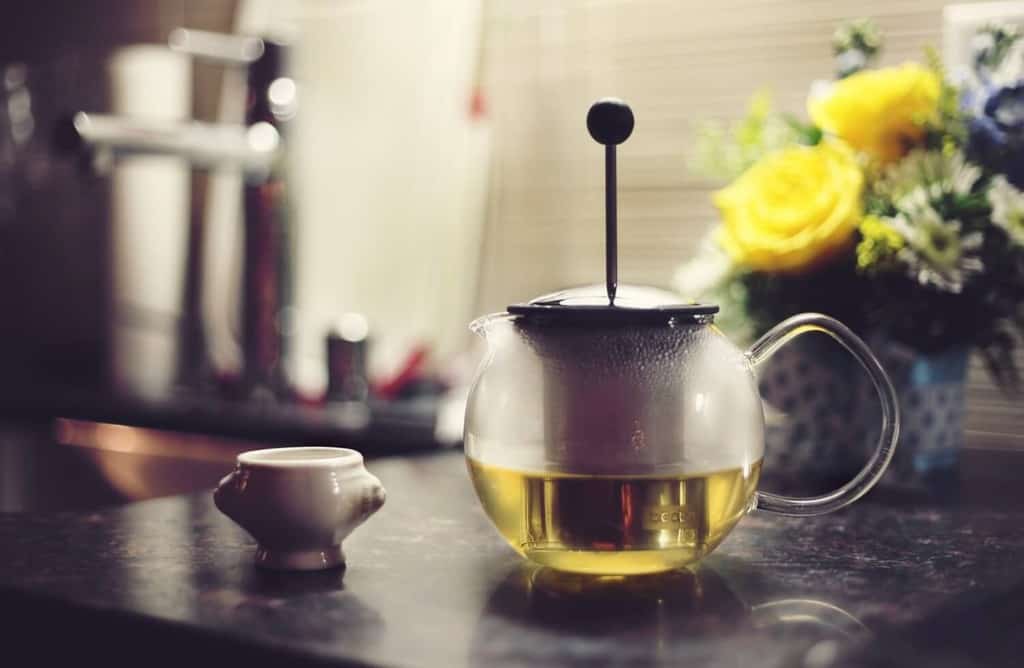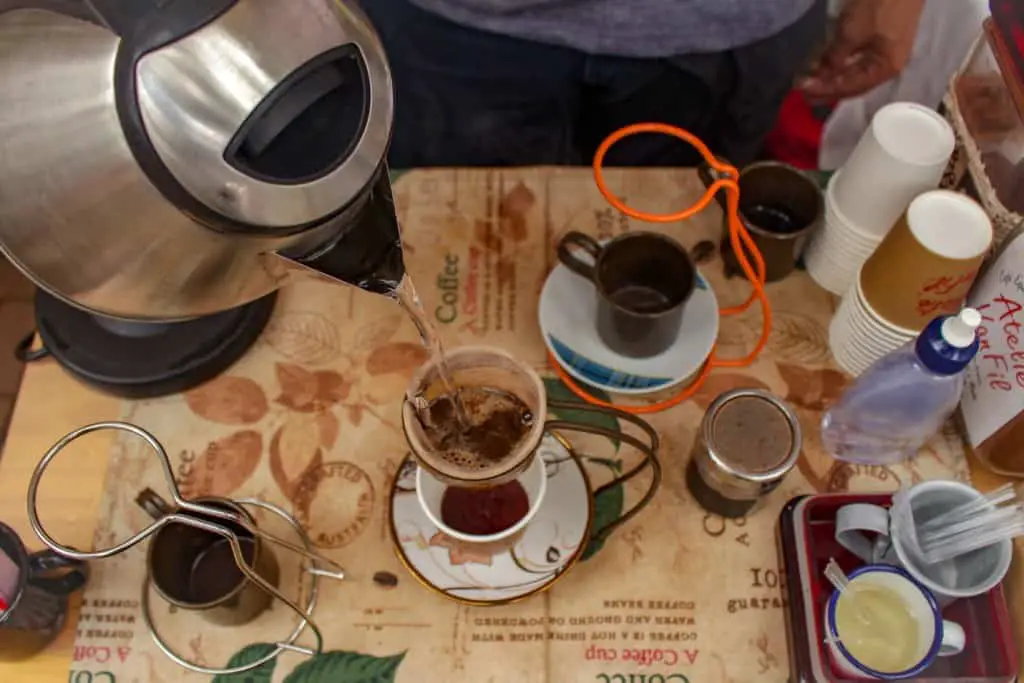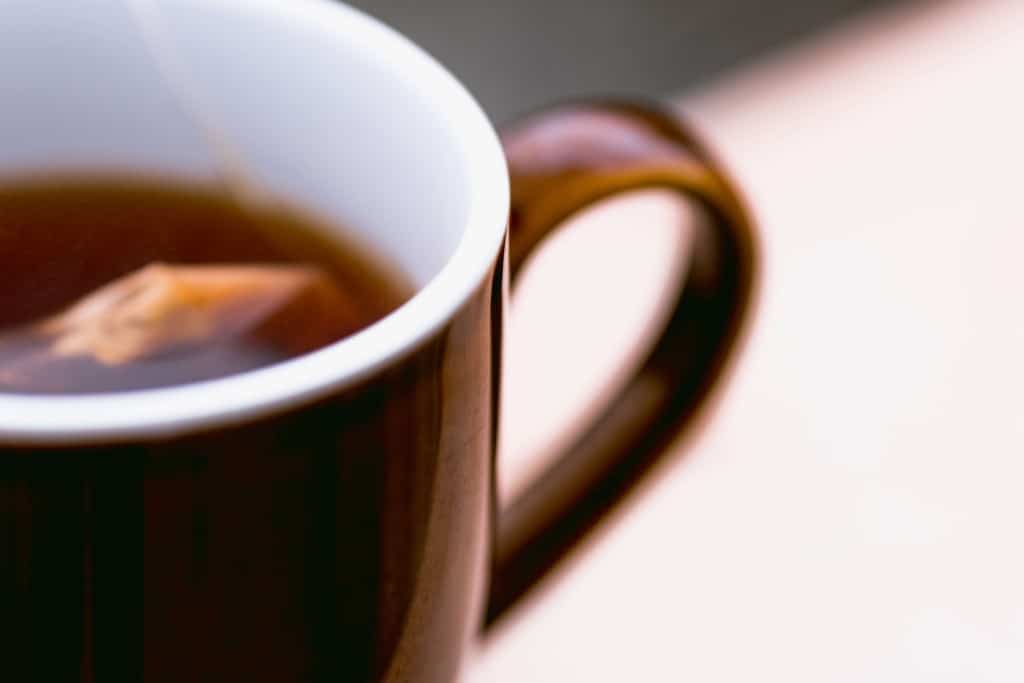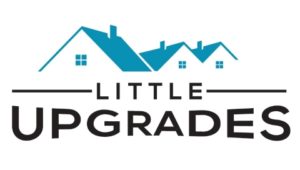When you’re sifting through the aisles at Target in search of something to hold your favorite hot beverages, you might find yourself thinking about a teapot vs tea kettle. They might look similar, but there is a distinct difference between the two.
What is the difference between a teapot and a tea kettle?
A teapot is specifically designed to hold boiling water with tea leaves or coffee grounds for steeping, brewing, and sharing with others easily. A tea kettle is designed to boil water, either on top of a stove or with an electrical device.
Knowing the difference between a teapot and a tea kettle is important. After all, you would hate to buy a teapot and place it on the stove, only to watch it crumble in front of your eyes.
We are going to dig deep into the world of teapots and tea kettles and explain the major differences between the two, and why one may be more important than the other.
Disclaimer: This post contains affiliate links. This means I may earn a commission should you choose to make a purchase using my link
Table of Contents
Teapot Vs Tea Kettle
While they may look the same, teapots and tea kettles are quite different and serve specific purposes. Using them incorrectly can ruin them or break them entirely, so let’s take a more in-depth look at the differences and when to use each device.
What is a Teapot, and What is it Used For?

A teapot is a container that is specifically used for holding boiling water or water that is extremely hot. These containers can be made from a variety of materials, including porcelain, stone, steel, or ceramic.
Now you can imagine why you might not want to place a porcelain teapot on top of your gas stove – it would shatter almost immediately.
The primary purpose of the teapot is brewing tea leaves or coffee grounds. You simply toss your favorite tea leaves or coffee grounds into the pot (often inside an infuser/strainer), then fill it with boiling water.
Most teapots are constructed with a specific opening to pour the hot water into, which makes your job effortless without the fear of burning yourself along the way.
As someone who drinks tea every day, being able to steep tea leaves ensures that there is immensely more flavor. Bagged tea products simply do not have the same depth of flavor as loose tea leaves.
Aside from an opening for pouring water, most teapots also come with a handy spout for pouring tea and a sturdy handle. The spout may or may not have a built-in strainer that ensures no leafy bits or coffee grounds end up in your cup.
Due to the delicateness of a teapot, it should never be placed on a stove. This is probably the most important thing to remember when you are searching for new appliances for your kitchen. While they are great for steeping and serving tea or coffee, they should never be used to boil the necessary water.
Teapots come in a variety of designs that can suit anyone’s tastes. They also come in a wide range of sizes, with some being single-serving teapots, for the introverted folks, or larger sizes for those who enjoy the art of entertaining.
Now that we’ve covered a tea pot, let’s talk about a tea kettle.
What is a Tea Kettle, and What is it Used For?

Now that you know the teapot is for merely holding and steeping your beverages, you can likely guess that the tea kettle is for boiling the water. Tea kettles are designed with materials, such as stainless steel, aluminum, or glass, all of which are suitable for being heated up, unlike their teapot counterpart.
Tea kettles can boil water by being placed on a stove, and there are also electrical tea kettles that boil water using a heating base beneath the container.
Types of Tea Kettles
- Stovetop tea kettles can be used on all types of stoves, whether using a gas or electric range. However, the downside to this type of kettle is that it takes longer to heat up and is not as energy efficient.
- Electric tea kettles use electricity rather than a stove to heat water. Because of their design, these kettles can boil water very quickly- some can heat water in as little as 30 to 60 seconds. Electric tea kettles are more expensive, but their swift heating capabilities and energy efficiency make them a nice option.
Some electric models can have other handy features, too, such as being able to control the temperature so that you get exactly what you want- every time.
Some may also have an auto-shutoff for safety, a filter that stops hard water buildup, and a “keep warm” option that ensures your water doesn’t cool down- even if you forgot about it and left it too long.
I have an electric kettle, like this one on Amazon, and I use it every day to make tea. The quickness with which it heats the water makes my morning routine a breeze.
Now, there’s one more thing we can talk about, a tea warmer.
What is a Tea Warmer?
During your shopping adventure, you may also come across something called a tea warmer. This is simply another handy tool you might want to have in your home if you are an avid tea or coffee drinker and like to sip throughout the day.
A tea warmer works directly with a teapot to keep it warm after you are done steeping or brewing. These warmers are small, circular devices that your teapot can sit on top of.
Tea warmers utilize candles to keep the teapot warm or they are electric and look like a wireless charger. Here is an example of each kind from Amazon.
They come in a variety of designs, from sleek and modern to classical and everything in between.
Now you know everything you need to know about the teapot vs tea kettle debate, but do you need to have both?
Do You Need Both a Teapot and a Tea Kettle?

Now that you know what a teapot and tea kettle can do, you might be asking yourself whether both are necessary. It comes down to personal preference.
Some people may find that utilizing both a teapot and tea kettle makes for a more pleasant experience. It might mean having extra appliances in your kitchen, but it could be worth it since they aren’t very large and serve specific purposes.
You might consider having both in your arsenal if you are someone who enjoys entertaining. Having a teapot and tea kettle duo in your kitchen will ensure that the process is easy.
You can warm up your water in your tea kettle and steep in your teapot before serving, giving your guests the ultimate experience when it comes to comforting hot beverages.
However, it isn’t necessary to acquire both. Personally, I have an electric tea kettle, because I like how fast it boils and how easy it is to use. And even though I know it would be nice, I don’t use a teapot.
I usually get by with brewing individual cups of tea directly inside my mug. I do like using teapots, but for me, the speed and ease of using a tea kettle is the more important factor. That’s my personal opinion, I think that a tea kettle is more important than a teapot.
However, you could also go for only a teapot, and just heat the water up inside a saucepan on the stove or even in a crock pot. You’re still able to transfer this hot water to a teapot and get a really nice pot of tea/coffee.
Others may nix the teapot and tea kettle altogether and go for something basic if they aren’t willing to spend the extra money on these items. By simply boiling water in a pan or pot and transferring the hot water to a mug, you can still have a delicious cup of joe or tea.
In Conclusion
A teapot is quite different from a tea kettle. The teapot is solely used for steeping tea leaves or coffee grounds, while a tea kettle is only used for boiling water on a stove or an electrical base.
Both can be used together to make delicious hot beverages in no time. You might also consider getting a tea warmer if you want to keep your teapot warm for longer periods of time.


